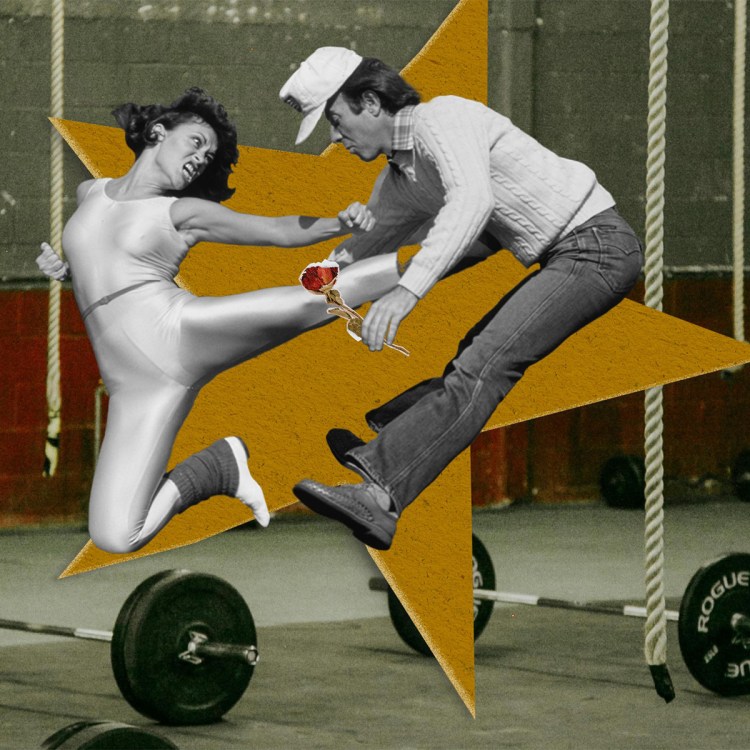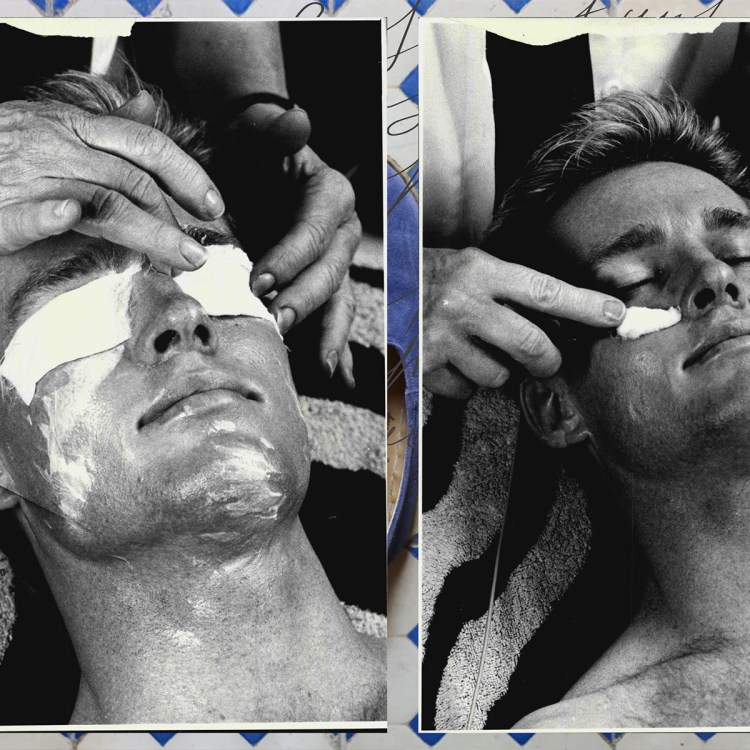Step counts still get all the attention, but in recent years, fitness trackers have started cataloging a host of other useful health metrics — stuff like sleep latency, sound decibel exposure and even stair speed (measured in feet climbed per second on any flight of at least 10 feet). It’s all pretty cool, albeit a bit niche and difficult to wrap your head around on a consistent basis. That said, there is one, newer health metric that we believe carries the clarity and branding of step counts. That would be “stand hours.”
A Guide to the Best Life Hacks From the Last 100 Years
Miracle mornings, presidential matrixes and more. These approaches can actually change your life.What Are Stand Hours?
Obviously, there are a ton of fitness trackers out there these days, from Garmin to Oura to WHOOP. But stand hours is specifically an Apple construct, which exists in the Health app of your iPhone or Apple Watch. Despite the name, the metric doesn’t measure entire hours spent standing. In fact, Apple’s definition calls for far less activity than that: “A stand hour represents an hour in one’s day where they stood and moved around a little for at least one minute. As much as being active is important, it’s also key to minimize the amount of time spent sitting. Even if you’re active part of the day, sitting for long periods has its own health risks.”
The Benefits of Stand Hours
The average American now sits for eight hours a day. It’s killing us. To say nothing of the mental health woes that accompany a motionless life, there are legitimate physiological concerns: high blood pressure, high blood sugar, obesity, osteoporosis, blood pooling in your lower half or feet, back pain. While any sort of movement is critical for combatting the sedentary life, it’s telling that frequent exercisers still exhibit negative biomarkers from sitting too much. With sitting this ingrained in the day-to-day, it’s become somewhat impossible to avoid.
But that’s what makes stand hours such a thoughtful metric. The CTA is incredibly low-stakes — one minute an hour? And yet, a commitment to that prescription will pay dividends. You’ll get in the habit of regularly getting up, burning more calories (by catalyzing Non-Exercise Activity Thermogenesis, or NEAT) and perhaps even going for hourly walks. Rising from a chair — similar to rolling out of bed — might not seem easy or desirable, but done frequently, for anywhere from a minute to an hour, will make an unquantifiable difference in your life. Think: looser hip flexors and better blood flow in the short term, reduced risk of disease in the long term.
What’s a Good Rate?
Apple set its default goal to 12 stand hours a day, which makes sense. If you’re in bed from 11 p.m. to 7 a.m., you’re left with 16 waking hours, of which four of them you’re “allowed” to be totally sedentary. Is that enough? Probably. Depends on your commute(s), the amount of meetings you sit through, what you do before bed, etc.
A couple things to keep in mind, if you choose to start tracking standing hours. One: Apple uses an accelerometer sensor to determine when you’re up and moving, so if you don’t have an Apple product on you when standing, it won’t give you credit. Considering we often extoll the wonders of ditching technology for a bit, don’t stress this fact. If you’re inclined to stick your tech in a drawer for an hour and walk around the park, that’s worth far more than nudging your stand hours to an official 12 for the day.
Finally: don’t underestimate the time it takes to spend a minute on your feet. When I first started looking into stand hours, I realized there are times I’m writing — like right now — that I’ve only very briefly gotten up to grab a glass of water or turn on the air conditioning. “Deep work” is great, but a standing hour break requires a bit more intention than that.
The Charge will help you move better, think clearer and stay in the game longer. Subscribe to our wellness newsletter today.




















